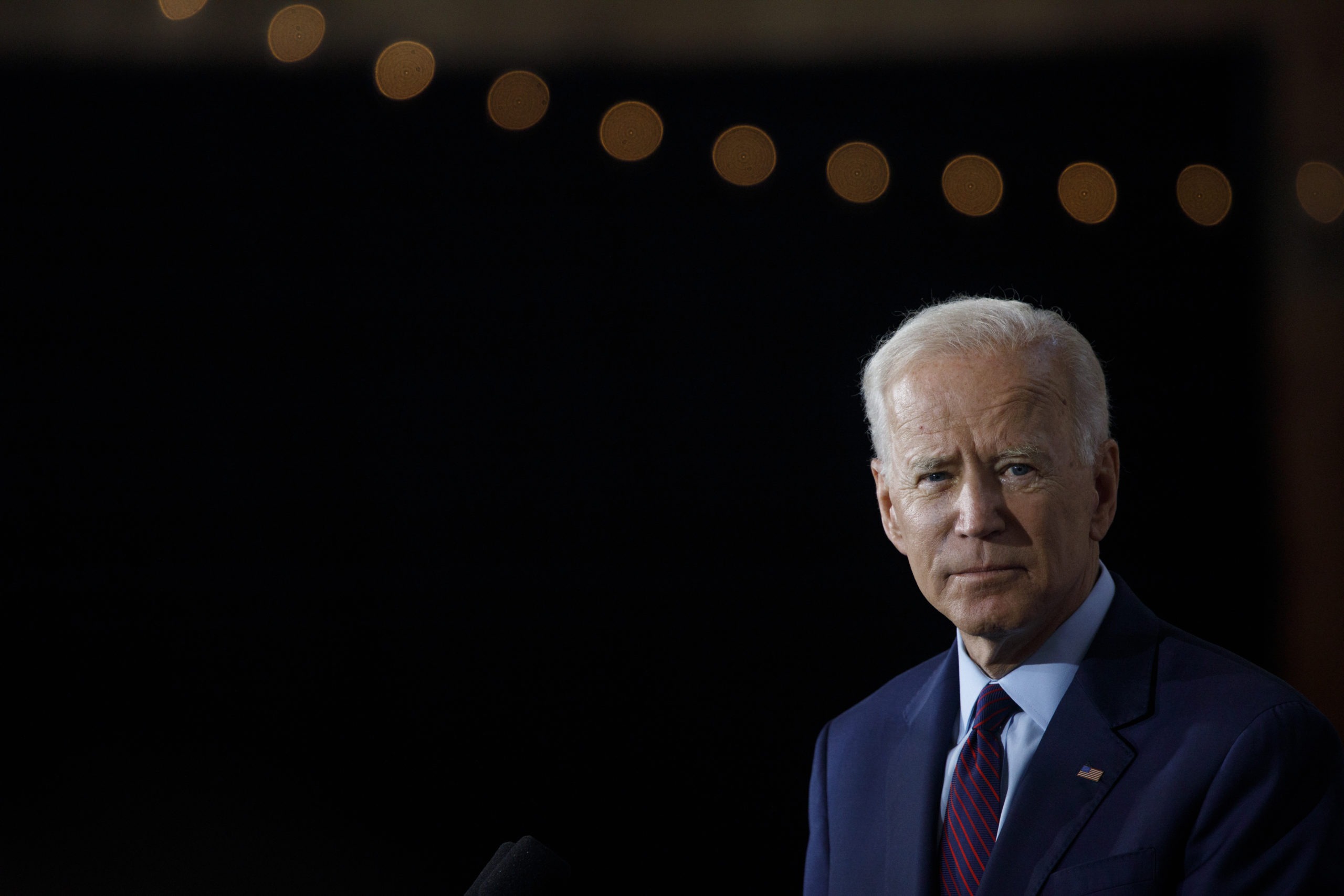Biden Can Help End The Federal Incarceration Crisis With The Stroke Of A Pen
The Point: There are thousands of people locked inside federal prisons who don’t need to be there. Through clemency, a singular power and responsibility that the Constitution entrusts to the president, President Biden can return people back to their communities and homes. Biden can and should prioritize the clemency power to release people from federal […]

The Point:
There are thousands of people locked inside federal prisons who don’t need to be there. Through clemency, a singular power and responsibility that the Constitution entrusts to the president, President Biden can return people back to their communities and homes.
Biden can and should prioritize the clemency power to release people from federal prison:
- America is the world’s leading jailer, and Biden was a champion of sentencing legislation that fueled the incarceration crisis in federal prisons, which has disproportionately targeted and harmed Black and brown communities. Now, as president, he must take action to reverse that through use of the clemency power, which gives him the authority to grant pardons and commute sentences.
- The first step Biden needs to take is to move the clemency process out of the Department of Justice to get rid of the clear conflict of interest it currently faces. It’s simple: Federal prosecutors who put people in prison cannot also be tasked with reviewing whether they should get out.
- Creating a dedicated clemency unit within the White House would also allow the president to “process individual applications faster,” bypassing the DOJ’s bureaucratic hurdles, which appear to be designed to throw sand into the gears of the clemency process.
- Lastly, the White House could speed up the clemency process by focusing on entire categories of people who should be released and inviting people who fall within those categories to apply for clemency. For example, the ACLU has recommended people who are elderly, or who are serving sentences for drug possession or sales or sentences that can no longer be imposed under current laws.
Our history and current mass criminalization crisis require a clemency resuscitation:
- Presidents have robustly used the clemency power for most of the country’s history to provide mercy and freedom to those who deserve it. For example, “[w]hen President Thomas Jefferson viewed the Alien and Sedition Acts as unconstitutional, his response was to pardon all those incarcerated under the Acts.”
- Federal clemency has ground to a near-halt in recent administrations, a reality resulting from several historical developments, including the elimination of the federal parole and “tough on crime” politicking. But its residence at the DOJ makes it a process nearly impossible to fix without a change of address.
- At the DOJ, applicants are required to jump through four layers of review before the application makes it to the White House Counsel’s Office. In practice, applicants must also receive approval from the original prosecuting attorney. Notably, the U.S. Attorney’s manual advises a constrained view of the power, describing a commutation as “an extraordinary remedy that is rarely granted.”
- As clemency scholar Rachel Barkow said, “The Biden campaign needs to address clemency reform if it’s serious about criminal justice reform. It’s the most direct way to confront Biden’s past. Some of the very people who need clemency in federal prison are there b/c of crime bills Biden supported.”
Dive Deeper:
- How Joe Biden Can Fix The Broken Clemency Process. Presidential clemency is the constitutional process for national forgiveness. That forgiveness is urgently needed, as nearly 20 percent of the federal prison population is now over the age of 50 and has effectively aged out of commiting crime.
- Biden Must Fix The Broken Executive Clemency Process. This Is Who He Should Select To Lead That Effort. Rachel Barkow, a respected legal scholar, expert on executive clemency, and former clerk to Justice Antonin Scalia would be an ideal choice to start and lead a powerful new program inside the Biden White House.
- Trump abused the clemency power. Will Biden reform it? In The Washington Post, Rachel Barkow and Mark Osler argue that if Biden “reforms the process and uses the pardon power to remedy some wrongs of his own tough-on-crime past, that’s something for which all Americans can be thankful.”

